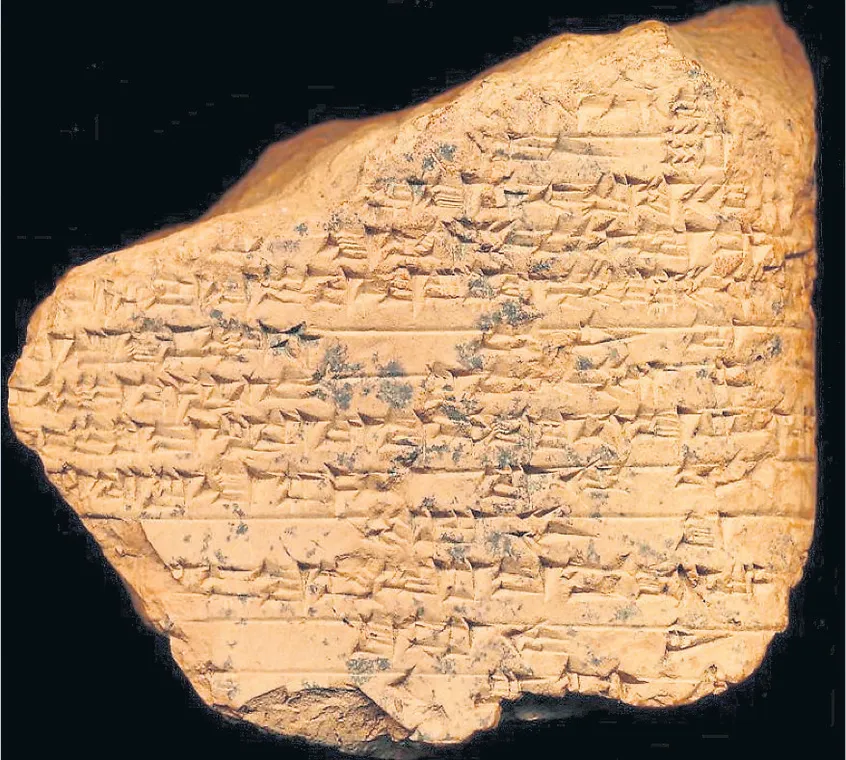Dr John Peet compares the Genesis record with other early accounts of origins
What about the content of other ancient documents?
The Bible teaches that the peoples were dispersed from Babel in the Plain of Shinar, given distinctive languages and developed their separate identities and histories from that time. So, they should have similar historical accounts up to that point. Do they? Yes, they do! Let’s have a look.





